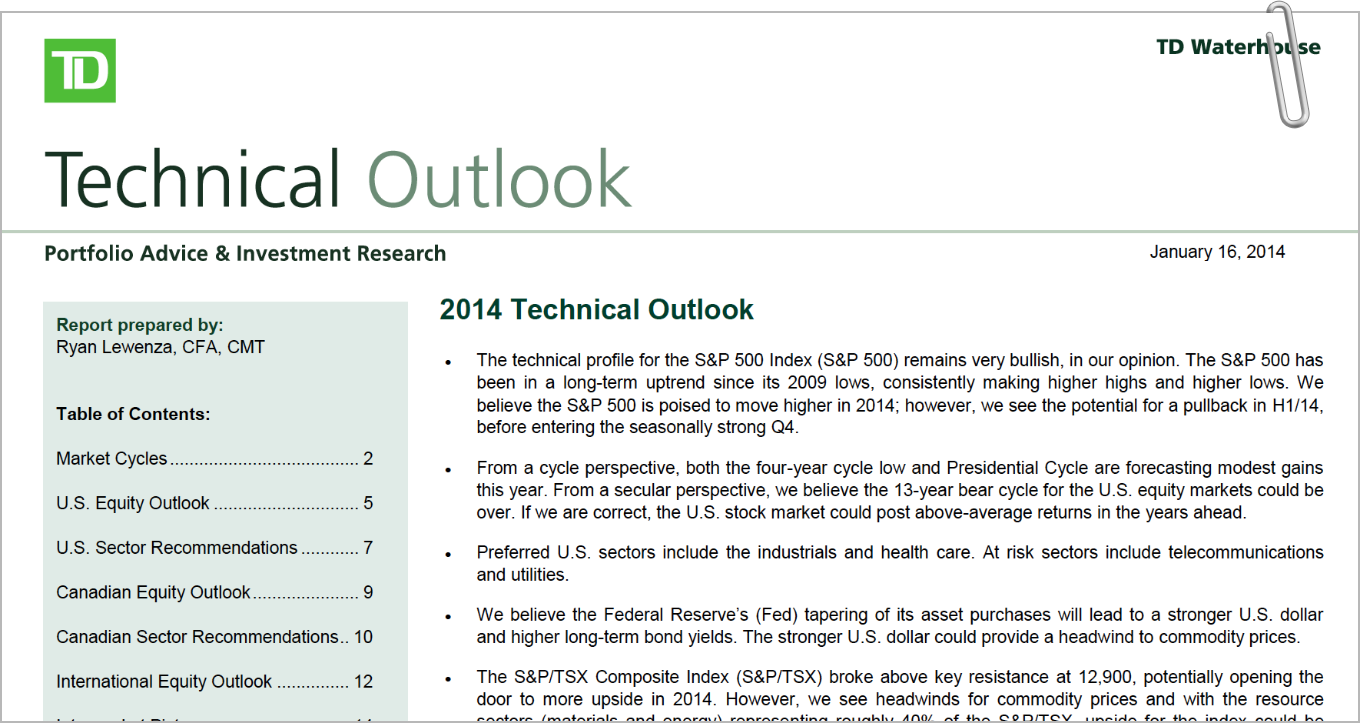Via ConvergEx's Nick Colas,
It’s quiet out there... Too quiet. That’s the message from our monthly review of the Implied Volatilities (the “VIX of”) for various industry groups and assets classes. Perhaps domestic equity markets are simply digesting, in proverbial pig-meets-python manner, the outsized gains of 2013. Even if you are still positive on stocks, after all, it pays to understand what might go wrong.
In the parochial world of capital markets, there is only one fear: that a position will move against you. Since most investors are primarily asset owners, this means the only fear we have is declining asset prices. It’s as if you are locked on a plane with a bunch of snakes, spiders and dogs while flying through a thunderstorm next to someone sneezing on you and preparing to give a speech on the experience.
At the same time, such fear has been a wasted emotion for several years and especially the last 12 months. The CBOE Volatility Index, commonly called the “Fear Index,” currently sits at 12.9. That’s over one standard deviation from its long run average of 20 and indicates very little collective fear of a near term decline in asset prices. And after the returns of 2013, why would you be concerned of a sharp shock, after all?
But while there may be very little ‘Fear’ in markets at the moment, anyone who sits on a trading desk or watches the tape will tell you that things don’t feel quite right. Bonds are outperforming stocks in the U.S., with several popular fixed income exchange traded funds up about 1% year to date. The S&P 500, by contrast, is essentially flat. And we aren’t getting those up openings that rally further through the day and close near the highs. Only two days in 2014 fit that pattern out of the 13 trading sessions thus far.
Most notable, however, is just how much expected volatility has declined across the board - and not just for stocks. Every month we look at the Implied Volatilities (the “VIX of…”) for a range of asset classes and industry groups. The idea here is to peel the volatility “Onion” back a few layers and see which areas of the capital markets might be holding on to any residual angst. There are a few charts right after this note, but here is a brief summary of what they show:
Nobody’s worried ‘bout nothing. The VIX of gold is down 30% in the past month. The equivalent measure of implied volatility for U.S large cap Energy sector stocks is down 3%. And everything else we track sits somewhere in between. In some sectors that makes sense. For example, health care stocks have been good performers over the past month, so it makes sense that their “VIX” would be down 13% over the same period.
Consider, however, that Emerging Markets equities are down 4.9% year to date and 1.9% over the last month and their “VIX” is down 2.8% over the last 30 days. Part of this may stem from the fact that end-of-year actually volatility is usually light, but still… Emerging Markets are hardly the ‘Trade du jour’ at the moment. At least not on the long side.
U.S. consumer stocks also show a disconnect between their historical – and unimpressive – performance and the Implied Volatility imbedded in their options chain. The Consumer Staples sector is down 1.7% year to date and the Consumer Discretionary index is down 2.7% over the same period. You’d think that would increase demand for options-based insurance and increase Implied Volatility just as the VIX tends to rise when the S&P 500 declines. You’d be wrong: their IVs are down 6-9% over the last month.
Worrying over the direction of equities seems to be very much out of fashion at the moment, but just as with hemlines things can change quickly. And since complacency seems to rule the day, we’d like to close out with a “Top 10” list of catalysts that could begin to push volatility higher in the weeks to come.
1. Uncertainty over Federal Reserve Policy. The Fed has 8 meetings a year, and it seems to want to cut its bond buying program by $10 billion/meeting. How many more meetings before they are out of the QE game entirely and markets start to worry about higher Fed Funds rates? (Hint: they started cutting the program last month… It’s less than 8 meetings…)
2. Equity valuations. Against a reasonable expectation of $115/share in earnings for the S&P 500 the U.S. market trades for 16x earnings. Could it get to 18x, or roughly 2100 on the Index? Sure. And could it go to 15x, or 1725? Sure. But how much more valuation expansion can we reasonably expect? And let’s not forget that by longer term measures such as the Shiller P/E, U.S. stocks are just flat-out overvalued.
3. Economic fundamentals. Still sluggish labor market in the U.S., barely any growth in Europe, worries over Chinese growth. Is that the recipe for further easy gains, especially when valuations already anticipate some improvement?
4. Expectations for top and bottom line growth are too high. Two years ago, Wall Street thought that Q4 2013 would bring S&P 500 earnings of $31.18. Fast forward to today, and the reality will be about $28.33. A year ago, the Street thoughts $125/share would be a good estimate for S&P 50) earnings for 2014. Now, those expectations are closer to $121. Again, when valuations are reasonable (15x or less), missing earnings isn’t necessarily fatal. But when stocks expect a lot, it is better to bring home the bacon, if you can.
5. Emerging markets growth concerns. Even as the International Monetary Fund was increasing its expectations for global economy growth in 2014 on Monday, it also noted that fast money, potential inflation/deflation and better growth in developed markets could threaten emerging economies.
6. Complacency among equity investors/options traders. As I noted above, investors in U.S. stock markets currently do not feel the need to pay up for options –based insurance. On the contrary, options pricing shows unusually little concern about the near future. The CBOE VIX Index can be a very useful contrary indicator, although historically it is a better ‘Buy’ indicator when it hits +40 than it is a ‘Sell’ indicator below 12.
7. Money flows aren’t all that strong for what should be a seasonally strong part of the year. U.S. equity mutual funds showed a $3.3 billion redemption rate in the first week of January. With 401(k) contributions starting again with the turn of the calendar, those should be positive. And ETF money flows are just $3.2 billion so far in January. That works out to an annualized rate of about $60 billion/year, although seasonality is always an important influence on flows (so take that with a grain of salt). Still, that run rate is much lower than the +$150 billion in ETF flows the last 2 years.
8. Potential rapid inflation. Over the next year, if the current trends for labor force participation hold, most people who want a job will get one. Unemployment among college educated people in the U.S. is already down to 3.2%. From this point, wage inflation kicks in and shortly thereafter price levels start to rise.
9. Potential Rapid Deflation. The sluggish U.S. economy still generates very little inflation. If it slows down in the second half of 2014, Japan-style deflation may be closer than most investors realize.
10. Geopolitical risk. The amount of chatter about the upcoming Sochi Olympics and a potential terror threat seems to be picking up steam. It reminds us that there are many other factors to assessing risk than just economic drivers.
You’ll note that some of these points contradict each other. That doesn’t diminish the points made, however. The central assumption of capital markets at the moment seems to be ‘No surprises’. That works fine – until it doesn’t.















